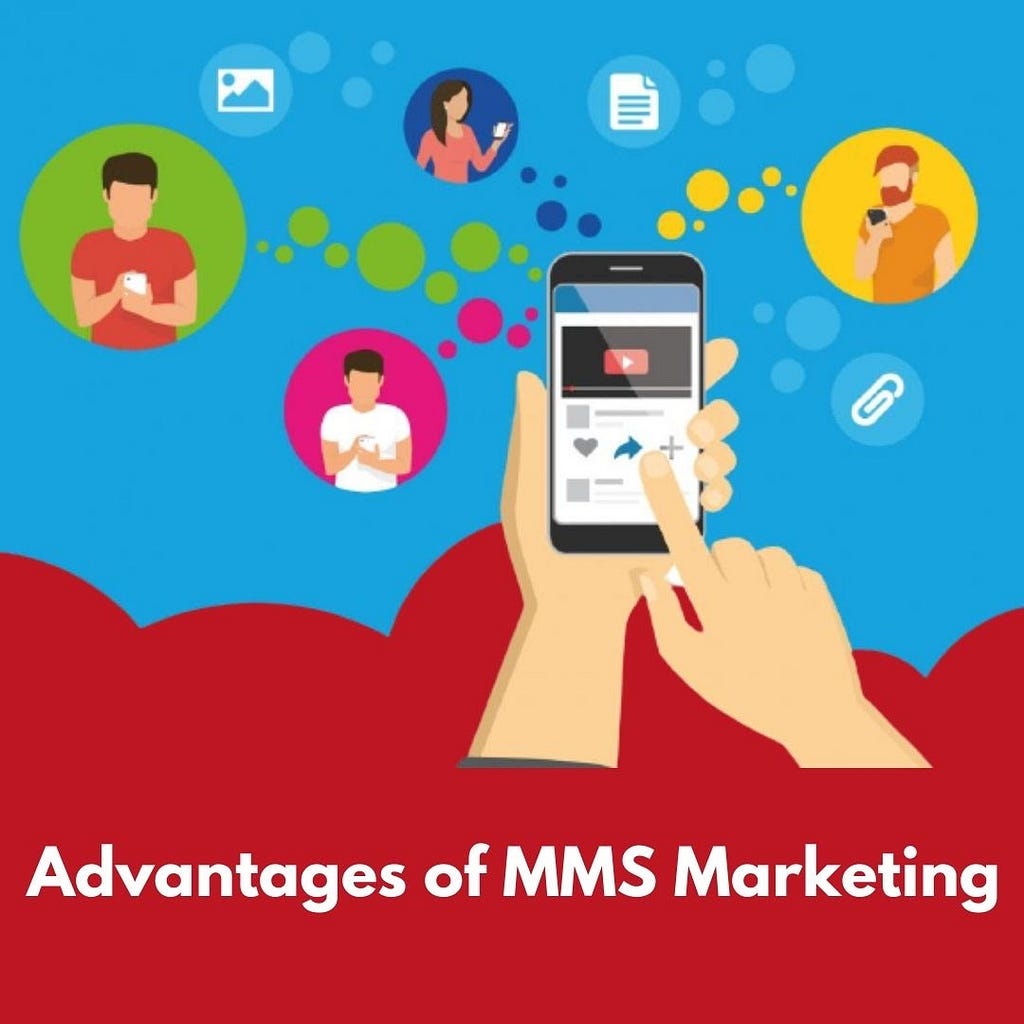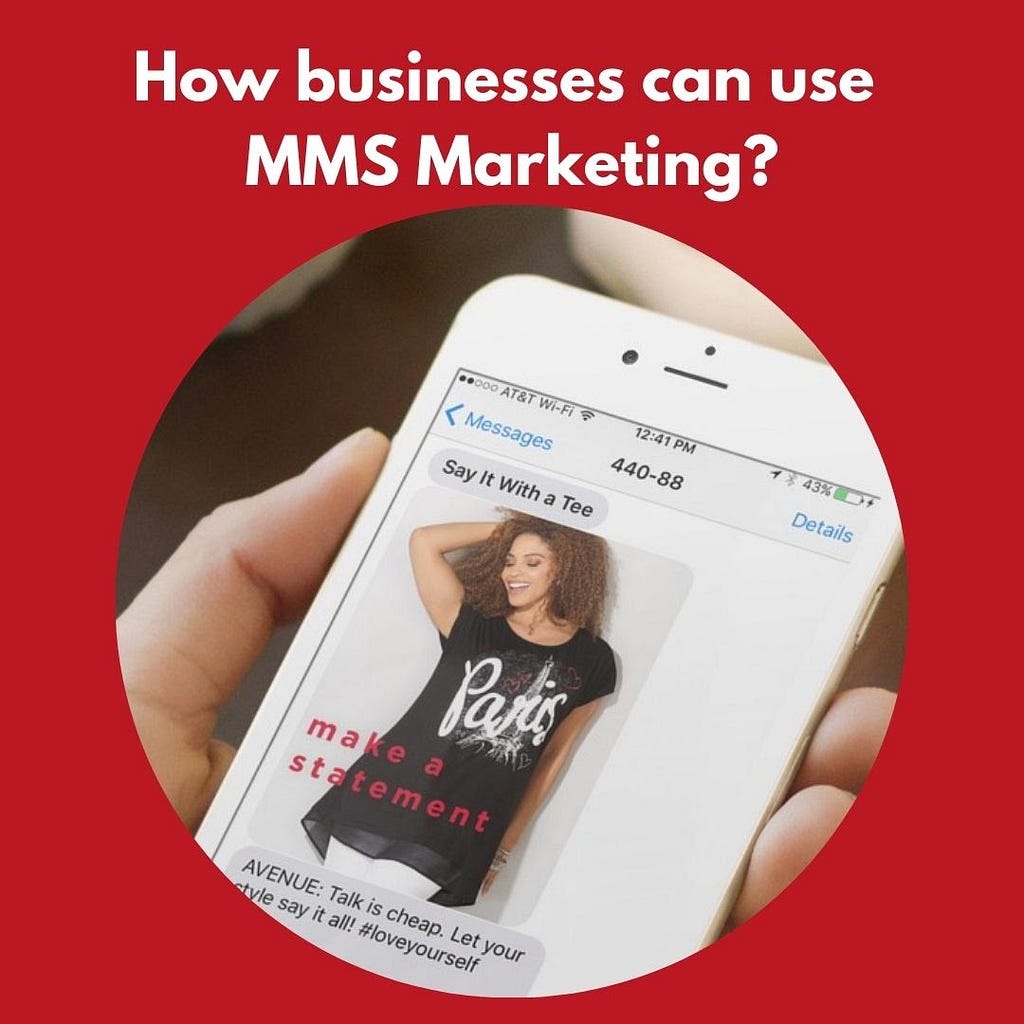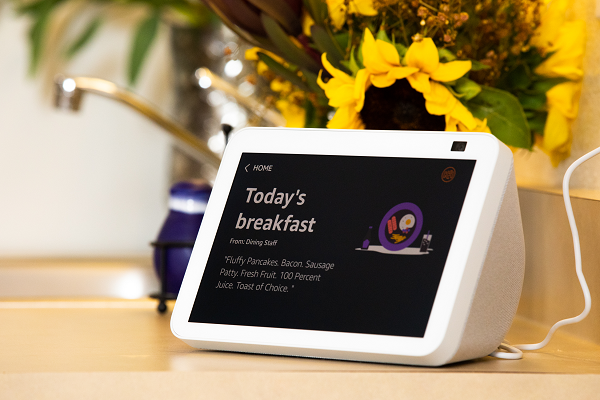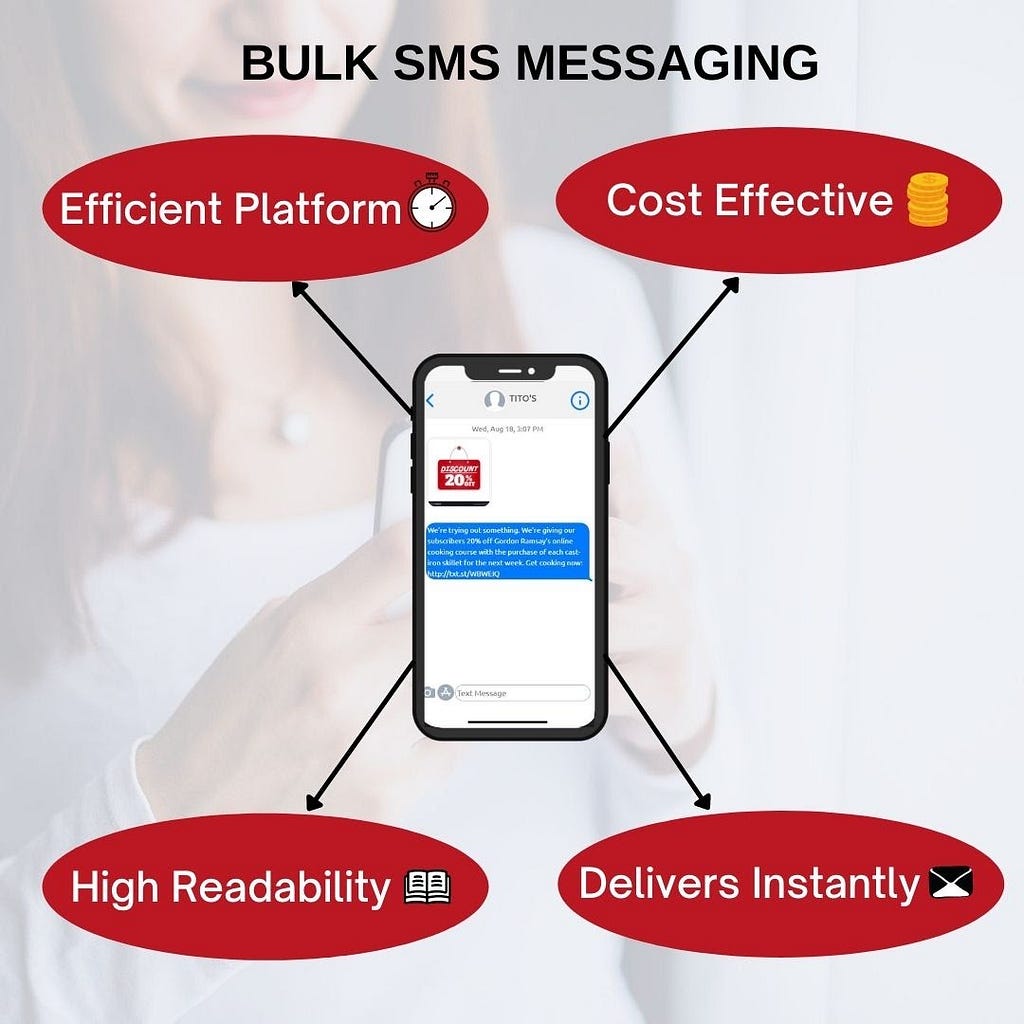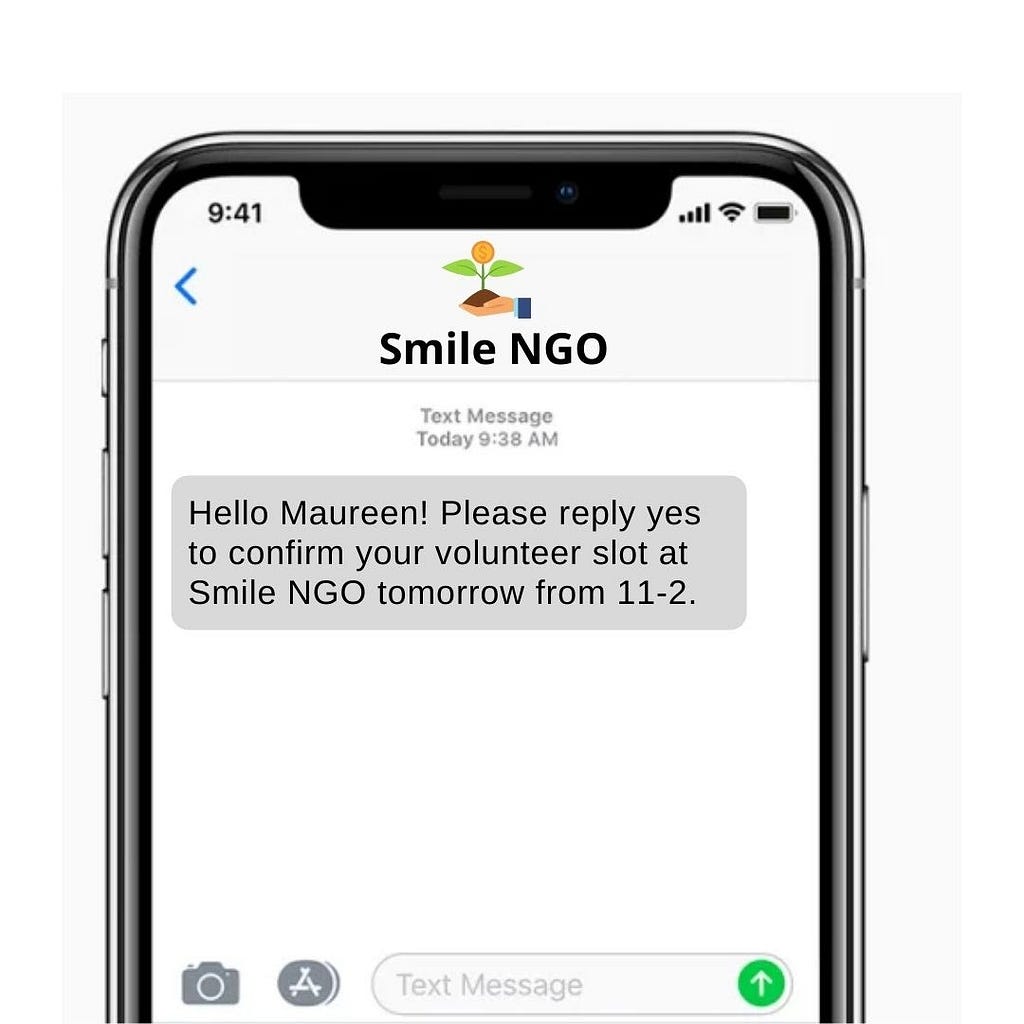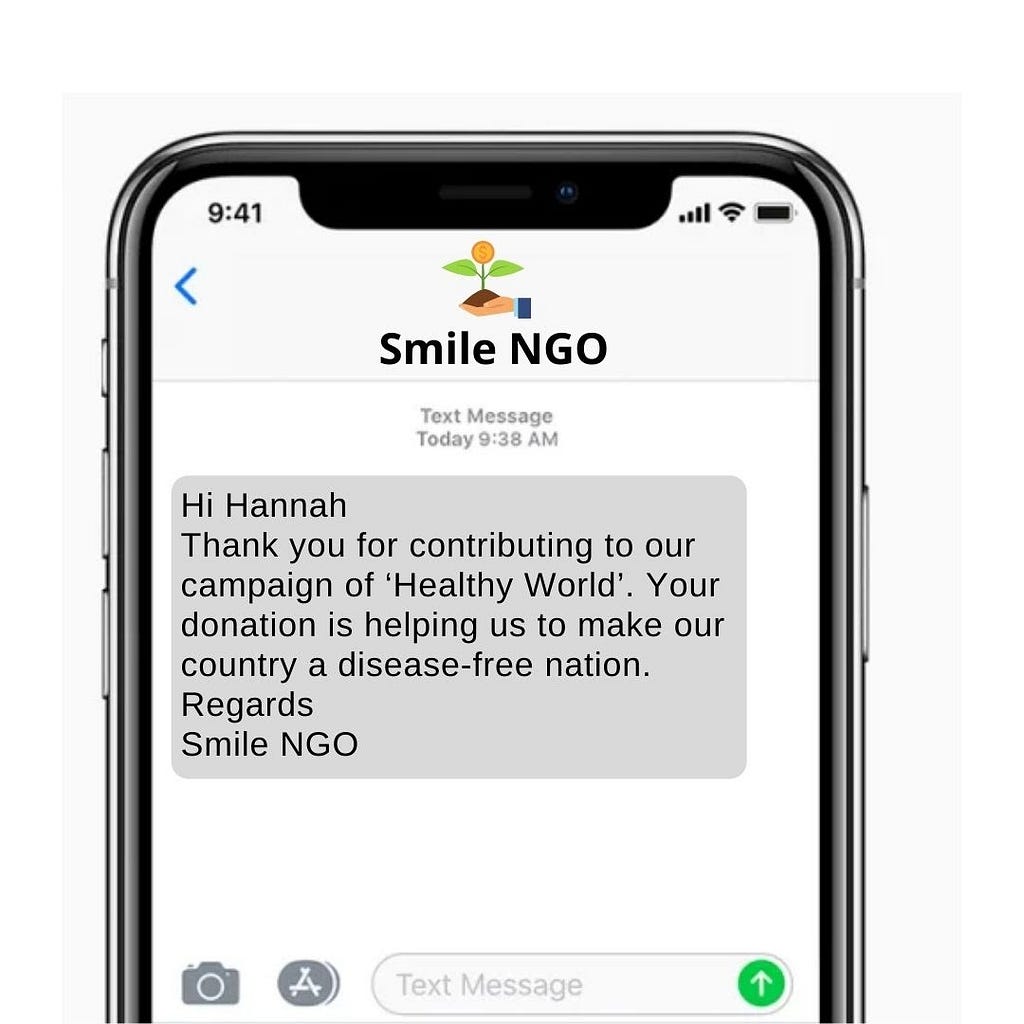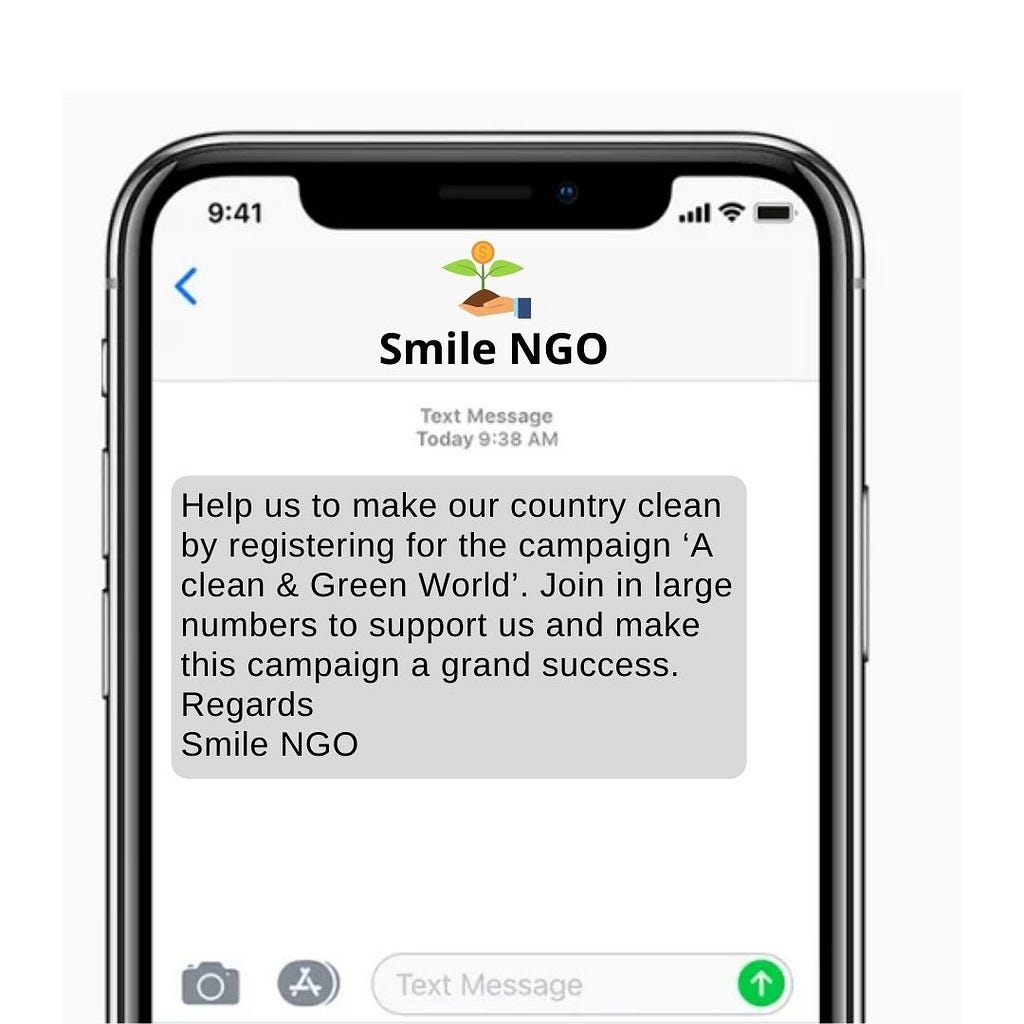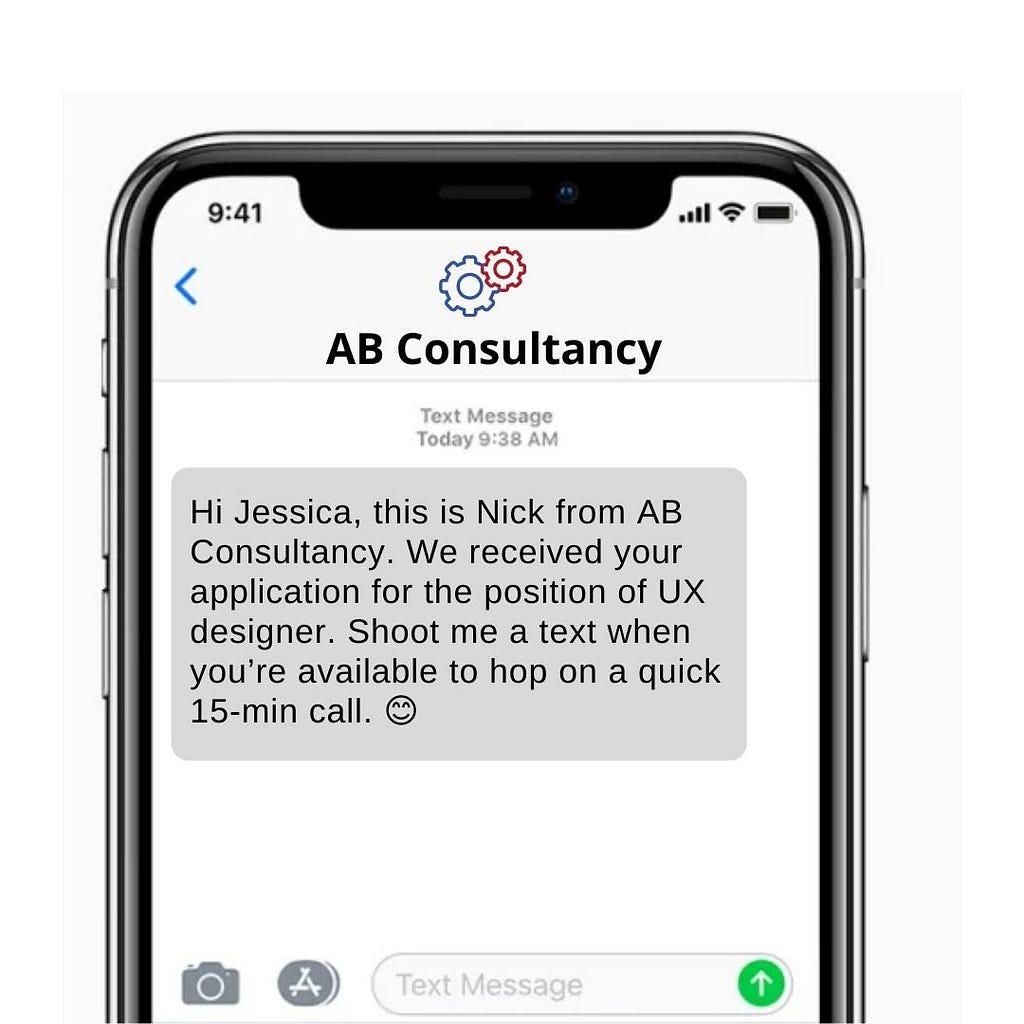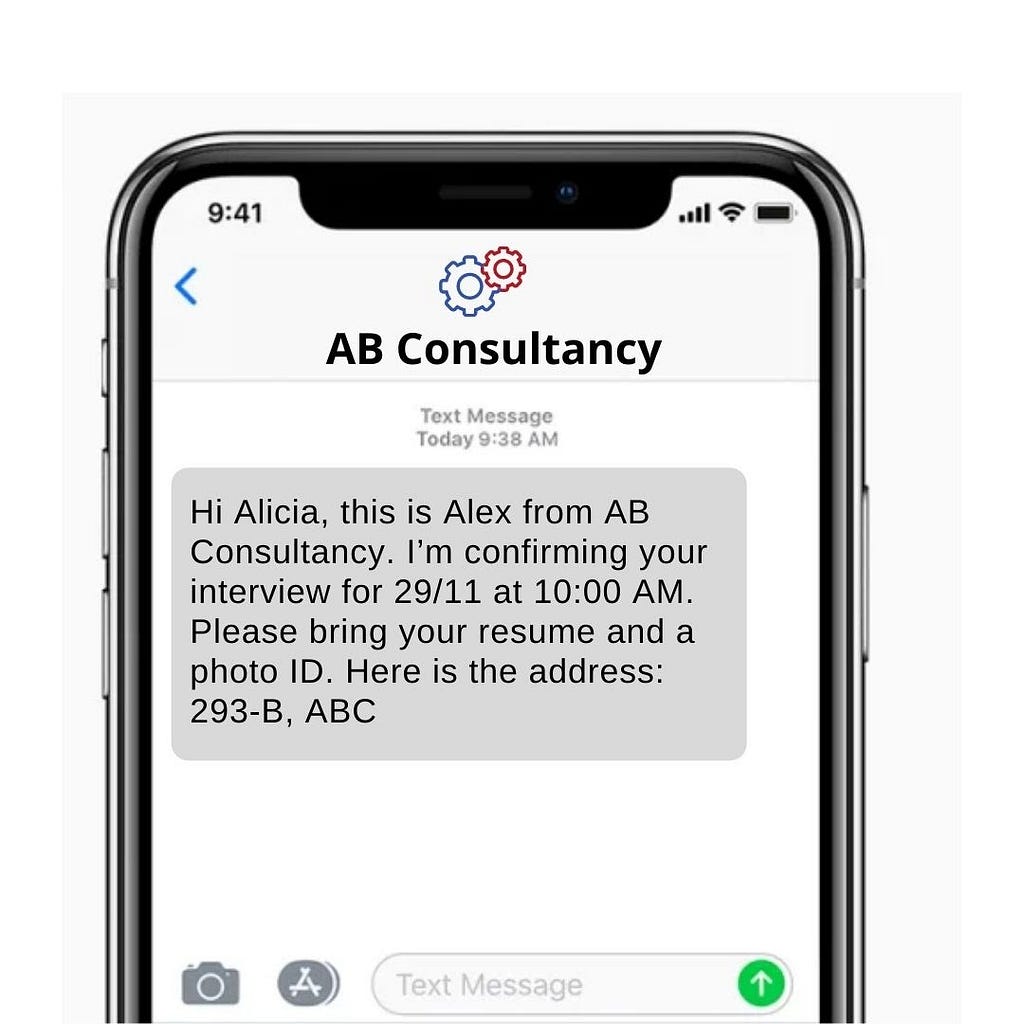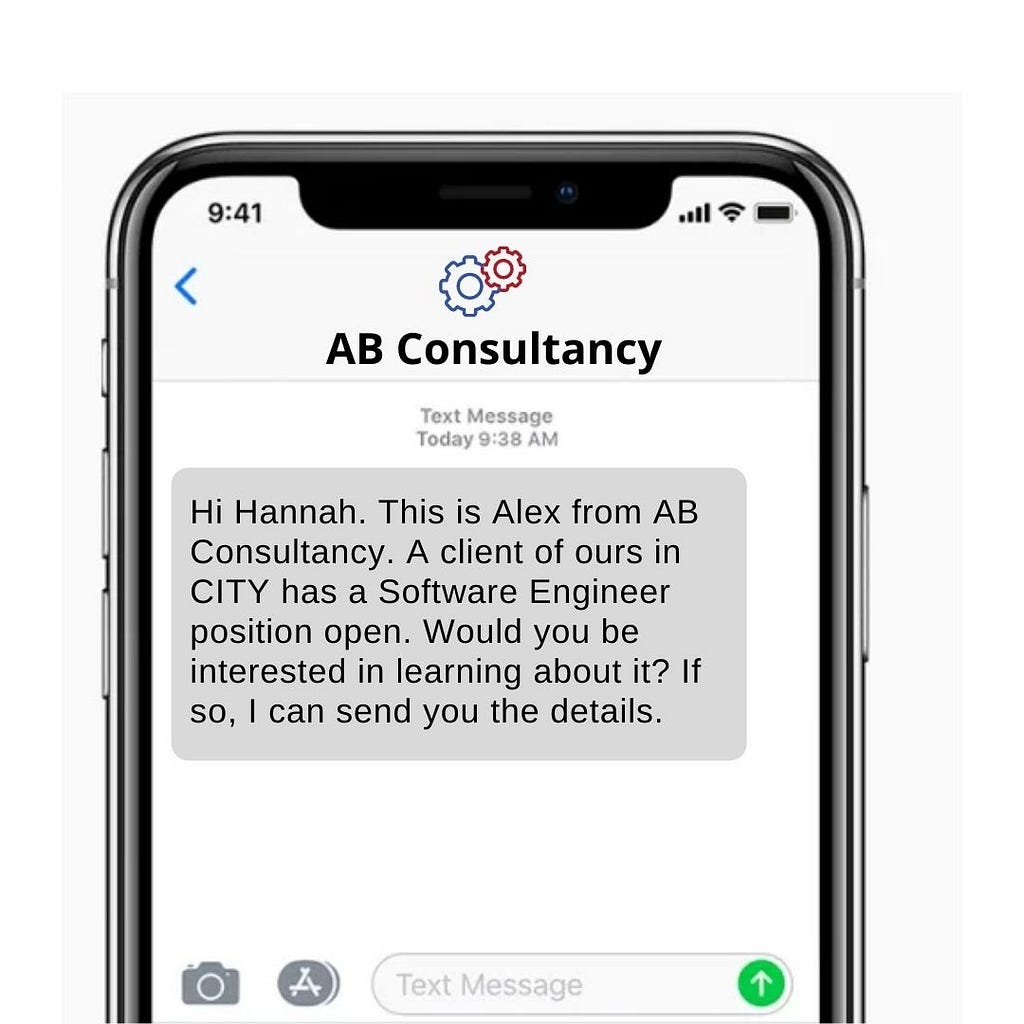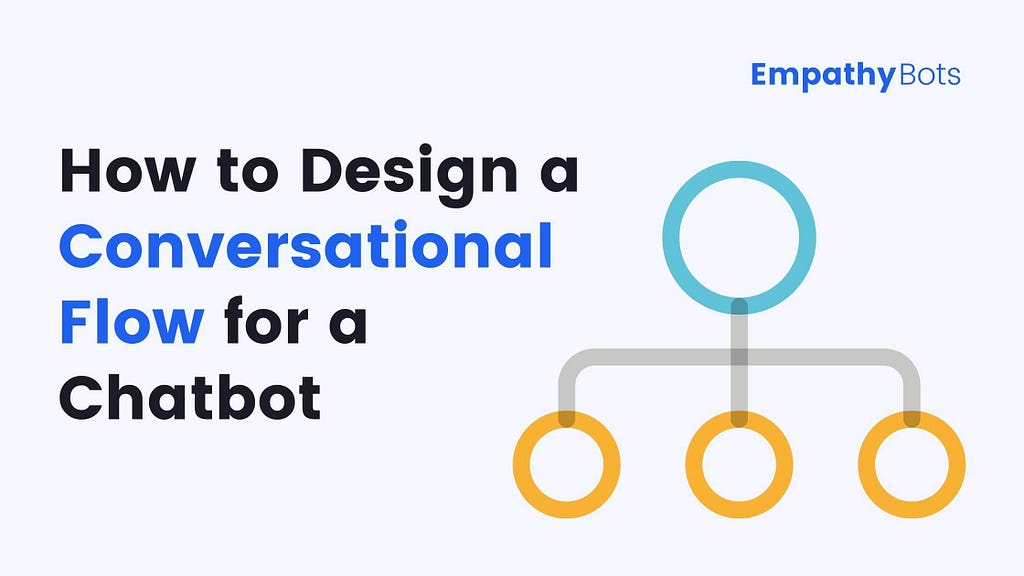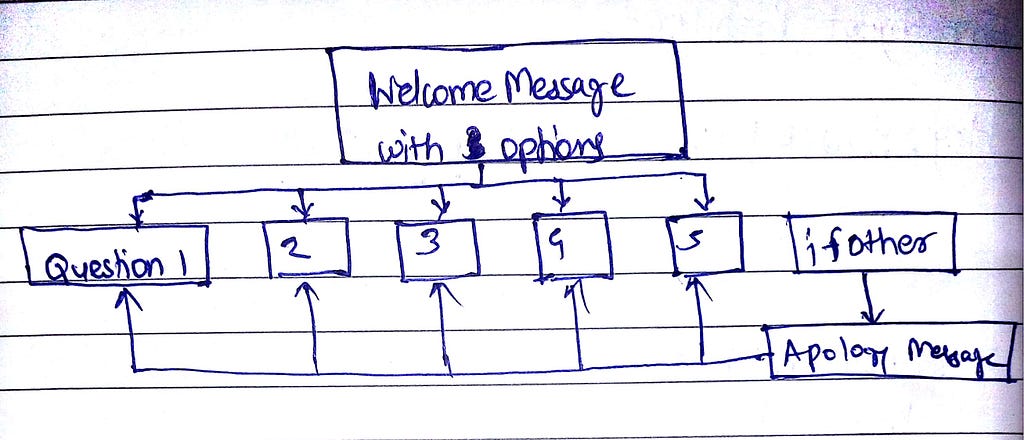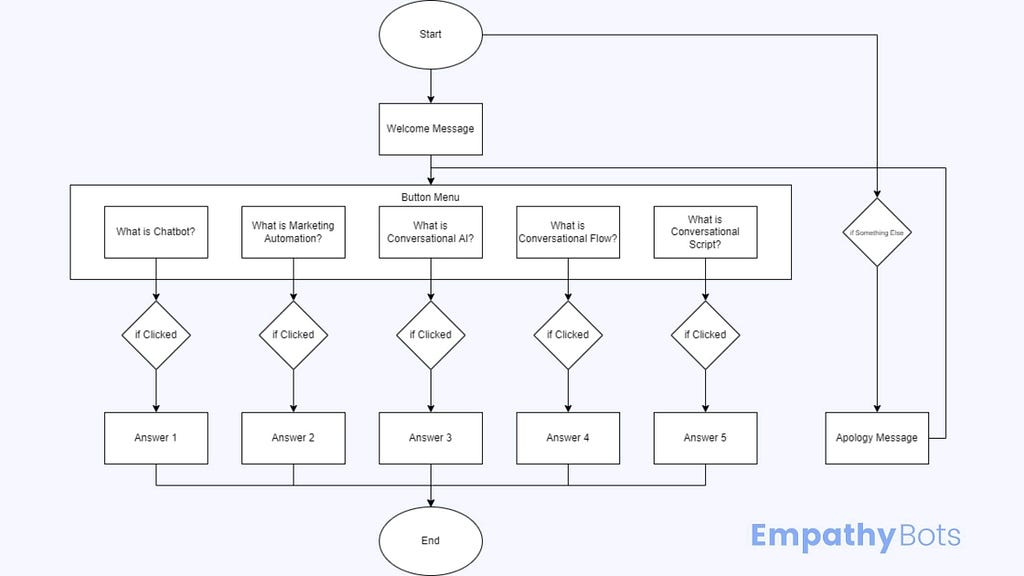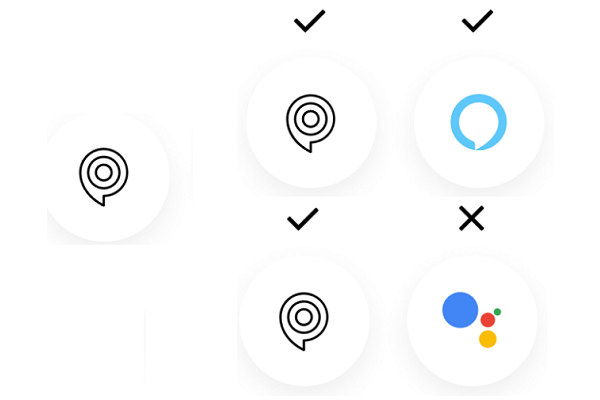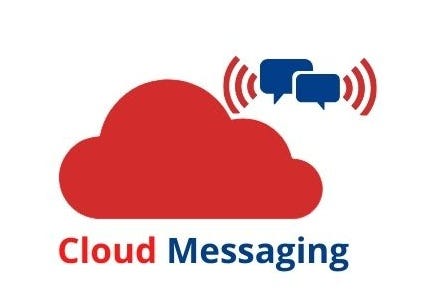
Cloud Messaging :
Cloud based messaging Service allows businesses to reach their customer at the right time with right information. Our REST API smoothly integrates with your existing application (CRM,HR ,Finance, etc. ).
Create an exact solution to keep your customers engaged throughout their journey with Cloud Messaging.
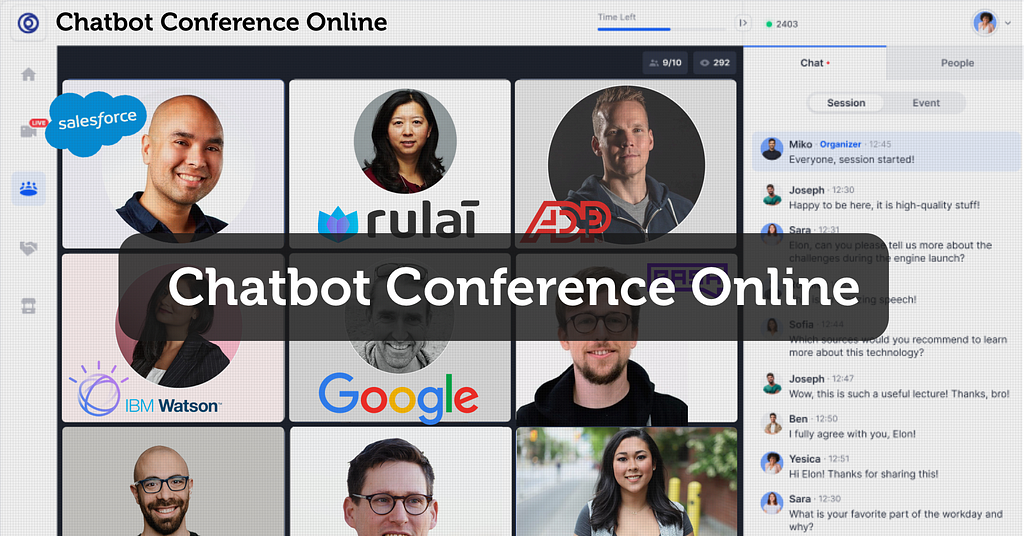
Why Cloud Messaging?
Reasons why you should choose Cloud Messaging:
- Powerful, easy to use software: Our messaging software is packed with features, simple to use, and compatible with all of your devices. It can be accessed from your favorite messaging apps (WhatsApp, Telegram and Message). You have a lot on your plate, so you need software that is easy to subscribe and use. Cloud Messaging is a cloud base solution that can be accessed from any device which has internet access.
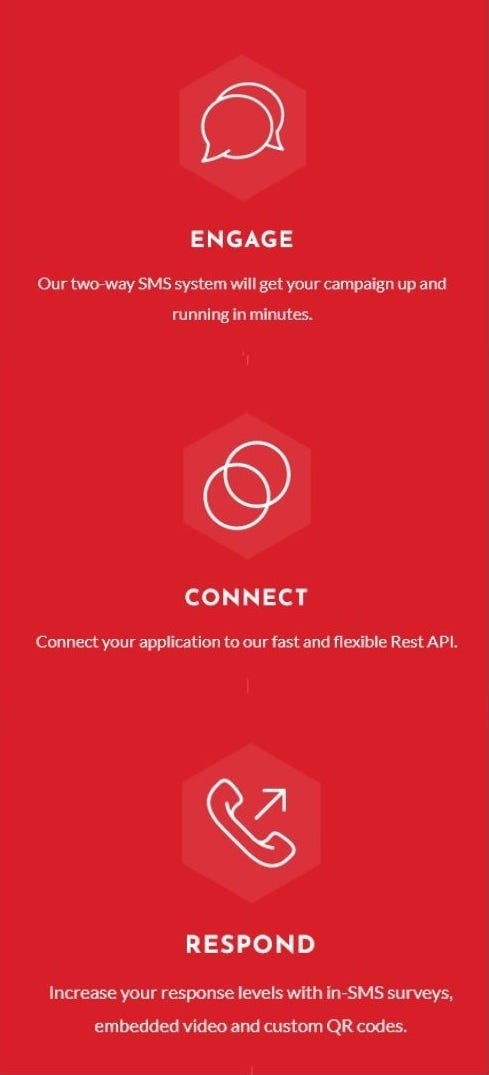
- No contracts. No hidden fees: There are no contracts or hidden fees with Cloud Messaging service. You have the option to upgrade, downgrade, or cancel your subscription at any time. There are no strings connected!
- New Generation Opt-in/Opt out Solution: Cloud Messaging generates personalized QR code for each business, With QR code subscribers can easily subscribe to messaging service.
- Experience awesome customer service: Allow us to demonstrate what excellent customer service is all about. It’s the foundation of our organization. Contact us for any questions or require assistance. With Cloud Messaging, Sending SMS marketing campaigns or having one-on-one discussions with customers has been easier, faster, and more economical.
- Self-service: Sign-up, log in, get started. No software to install, no IT required.
- Guaranteed and Secure Delivery: Fully guaranteed message delivery with encrypted connections.
How different industries can use Cloud Messaging Service:
- Marketing Agencies: Message Marketing will help you diversify your service offerings and attract new clients.
- Ecommerce: Send out mobile coupons, get qualified traffic, expand your customer base, and more.
- Non Profits: Maintain communication with contributors, volunteers, and community supporters about fundraising goals and initiatives.
- Real Estate: Cloud messaging can help you increase the number of inbound leads. Set up text for information campaigns and watch as the number of property queries shoots up.
Trending Bot Articles:
2. Automated vs Live Chats: What will the Future of Customer Service Look Like?
4. Chatbot Vs. Intelligent Virtual Assistant — What’s the difference & Why Care?
- Religious Organizations: Church and other religious organizations’ text messaging improve communication with the community like never before. Inspirational messages, prayer chain requests, event reminders, donation requests, photographs, cancellation notices, and more are all possible!
- Recruitment and Staffing: Turn your company into a distinctive and memorable brand to stand out in a sea of similar enterprises. Not just for customers, but also for future employees.
- Restaurants: Wouldn’t it be fantastic if you could alert your most loyal customers of an unannounced dinner special, or a last-minute dinner reservation opening? What if you could also offer a picture of something delicious? You certainly can! With Cloud Messaging, you can send text blasts to your customers in a matter of seconds.
- Travel Agencies: Traveling is always loaded with complications. It takes time and effort to ensure that everything is correctly organized. As a result, travel agencies can use SMS services to help users feel less stressed.Keep them informed with upcoming travel news and deals.
- Retail Businesses: Retail text marketing strengthens brand loyalty, raises top-of-mind awareness, and, ultimately, boosts sales.
Cloud Messaging- Mass Marketing

Mass texting is the most effective way to communicate with your customers nowadays, but in order to run a successful campaign, you must first partner with the right Mass Marketing company. Our SMS marketing services are simple to sign up for and set up, allowing you to get started with your new campaign right away. Our cutting-edge marketing tools are:
- Driving traffic to your website.
- Building (or increasing) your opted-in subscriber list.
Add in our user-friendly platform and you’ll be able to tap into a whole new world of customer engagement.
You’ll be able to raise brand awareness and communicate your message more effectively than ever before.
Texting has quickly become one of the most profitable ways to connect your company with its customers. Customers want to feel heard and valued, and you want them to keep coming back for more. Our SMS marketing services can help you build a strong, long-term relationship with your customers, enhance retention, and expand your subscriber list.
Cloud Messaging- MMS Marketing
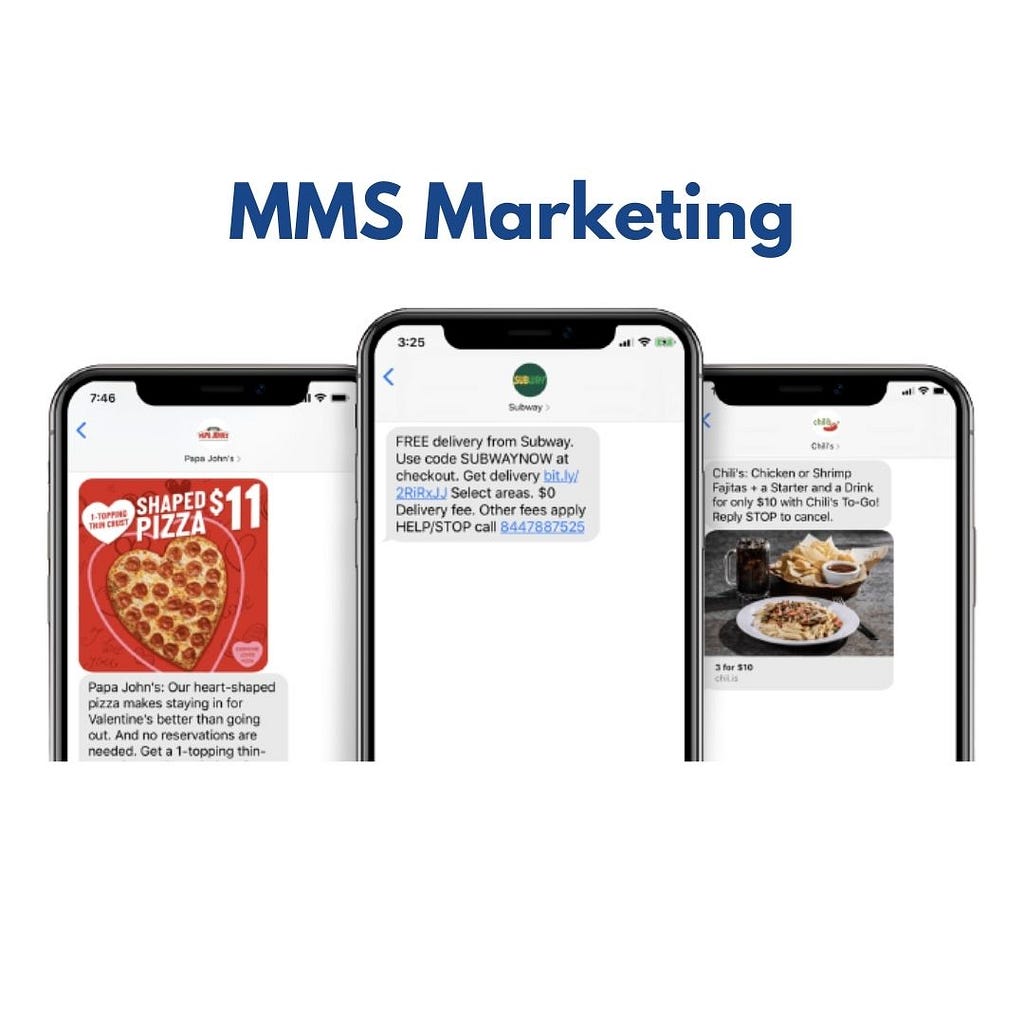
Want to send messages that are a little longer and have a little more personality? Cloud Messaging connects you with customers through personalized interactions and trusted worldwide communications!
With the industry’s best customer support team and easy-to-use features, it’s never been so easy to send MMS messages. Here’s how you can send MMS Messages:
- Create a phone book from scratch or upload a list of phone numbers.
- Write your MMS text, insert appropriate graphic
- Choose your list, then click send to keep track of who is clicking links, subscribing, and more.
With so many MMS marketing services available today, picking the best one is a crucial decision. Some MMS marketing businesses are sneakily saving money by sending your messages using less expensive routes.
While this saves you money, it may result in a large number of messages not being sent.
To ensure that your communications are delivered, we use the most efficient carrier routes feasible.
Cloud Messaging- Target Marketing

It’s all about reaching out to your customers, sending the correct message to the right people at the right time, that’s what Target marketing is all about. Cloud Messaging is dedicated to providing the best possible service and experience every time so that you can do the same for your customers.
Customers respond best to campaigns that are highly personalized. This might be as basic as sending different messages to consumers based on their interests or retargeting customers who add products to their cart but do not complete their purchase. In any case, Cloud Messaging’s audience targeting features can help you find the exact people you’re looking for.
Cloud Messaging- API Access
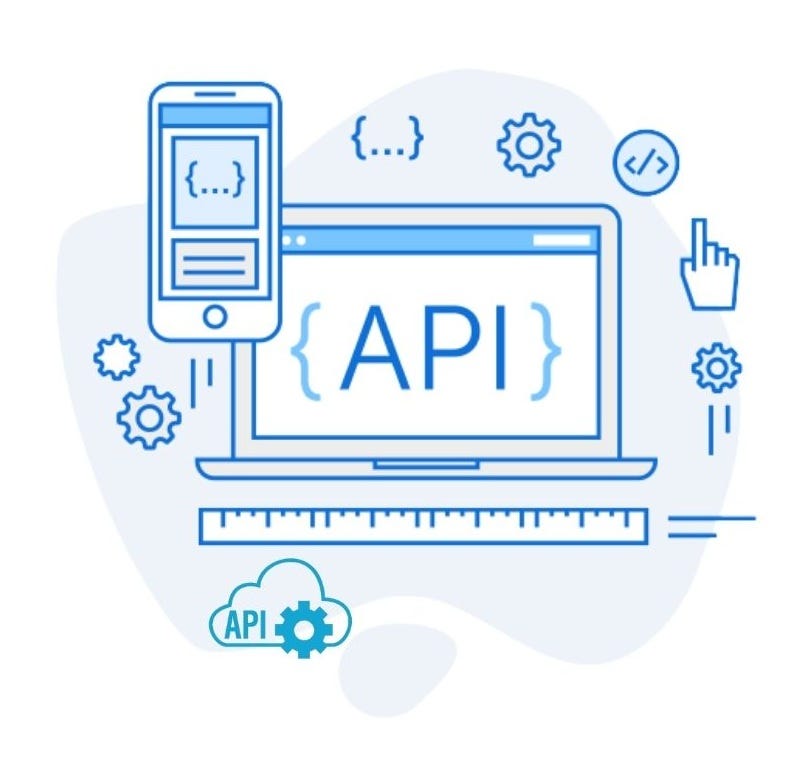
Cloud Messaging offers a single platform with customizable APIs for any channel, built-in intelligence, and a global infrastructure to help you scale your business.
If you need any help you can Contact Us! We’ll be happy to help you!
We people are with you every step of the way, from setting up your account to discussing best practices. It’s simple to contact an expert by phone, chat, or email if you need assistance at any time.
Don’t forget to give us your 👏 !


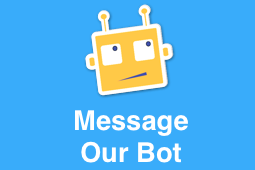
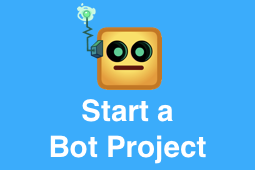
The Trusted Leader in Text Marketing- Cloud Messaging was originally published in Chatbots Life on Medium, where people are continuing the conversation by highlighting and responding to this story.

